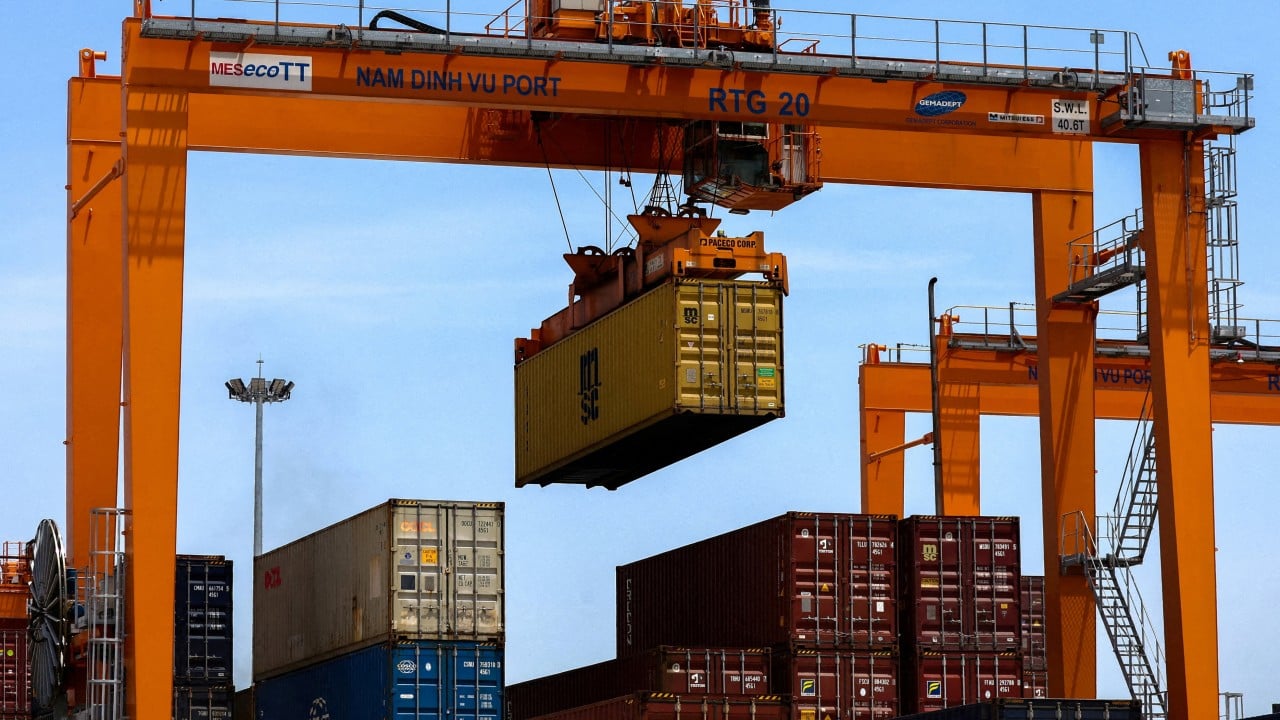Vietnam breathed a sigh of relief when US President Donald Trump announced a trade deal had been struck between Hanoi and Washington. The Vietnam Stock Index reached its highest level since April 2022, indicating confidence that export stability had been achieved.
Advertisement
On the face of it, the deal is highly unbalanced, with US exports to Vietnam enjoying tariff-free market access, while Vietnamese exports in the other direction now face a 20 per cent rate, slightly over twice last year’s average rate of 9.4 per cent.
The rationale for the skewed maths, according to supporters of the Trump administration’s “America-first” trade policy, is that such measures are necessary to balance US-Vietnamese trade. Hanoi currently enjoys a surplus in excess of US$100 billion.
Furthermore, the new rate is vastly lower than the 46 per cent that Trump unveiled in April against Vietnamese goods.
Augustine Ha Ton Vinh, a Vietnamese-American businessman and economic development strategist in Hanoi who formerly worked in the Reagan administration, said that Vietnam could live with the new tariff rate.
Advertisement
“With the 20 per cent rate, it is the level that the Vietnamese economy can bear, but if the US imposes a tax rate of more than 25 per cent, the Vietnamese economy will be in crisis,” said Vinh, who campaigned for Trump last year.
The new tariffs would be difficult but not insurmountable, said Ngo Minh Duc, founder of LCTV Financial Investment Joint Stock Company in Hanoi.

